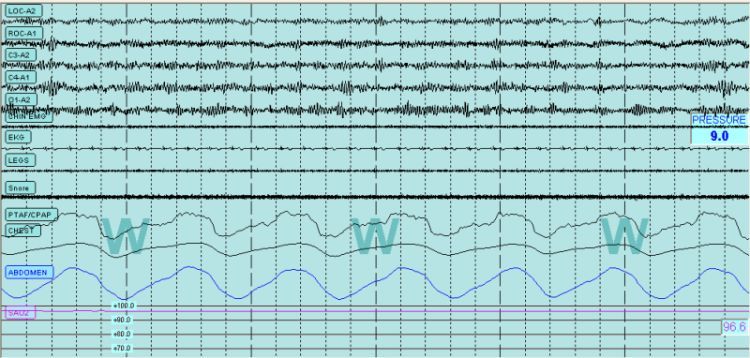jnk wrote:what about those patients who are being told they have both, as seems to be what some docs are telling patients, according to some posts I've read on this board?
I think
everyone in the medical community agrees that FL is not at all mutually exclusive of apneas and hypopneas. Then the big disagreement seems to enter the picture when doctors try to figure out just what the etiology of those problematic FL events might be, and whether they all deserve to be called UARS.
However, when you get to sleepy or fatigued patients who have almost exclusively FL (or even exclusively FL)---then I think many practicing doctors will understandably say
"That must be UARS." I think there's a possibility that those FL-exclusive patients may be divided into two etiological categories (see below).
jnk wrote:If you don't mind my asking, what's your take on the likelihood of a UARS sufferer becoming an OSA sufferer if left untreated?
I think one of those proposed etiologic categories are the patients fitting Dr. Guilleminault's classic definition of UARS. I think those patients will almost always present RERA's associated with a hyper-reactive airway etiology. I think that etiology is probably mutually exclusive of latent airway arousal activity associated with apnea. I think those UARS patients are not likely to develop frank OSA or apneas.
However, I truly think there's a second etiologic category of patients who
also suffer problems with excessive upper airway resistance. While the shared etiology between these two patient phenotypes is clearly high upper airway resistance, I think this second patient type lacks the hyper-reactive airway etiology typical of Dr. Guilleminault's description of classic UARS. But these patients may also initially present exclusively FL events. They may or may not present RERA's as a result of excessive respiratory effort. But if they lack that hyper-reactive airway etiologic component, then these patients clearly have a much higher probability of going on to presenting frank apneas typical of OSA.
In the medical field, doctors seem to be referring to both airway-resistance associated phenotypes as UARS patients. And yet I believe one of those etiologies entails low probability of OSA progression while the other entails a much higher probability. I think that latter patient phenotype shows up at the doctor's office all the time. And yet I think that latter phenotype is virtually remiss from classic UARS medical literature. I think we essentially have the classic UARS phenotypes mixing with that latter phenotype (lacking the hyper-reactive airway portion of the etiology).
Since both UARS phenotypes essentially have problems with respiratory effort or WOB that is related to excessive upper airway resistance, the treatment methods are going to largely overlap. But I think we can expect one of those etiologic phenotypes to be at greater risk of progressing onto frank OSA---much more than we would ever expect of that first hyper-reactive UARS phenotype.
If that second phenotype suffers daytime symptoms despite having no RERA's---
and genuinely symptomatically improve with Dr. Krakow's treatment method of decreasing WOB----then research dollars may be well spent taking a closer look at the sustained biochemical-related pathophysiologic effects associated with WOB itself (rather than merely looking at RERA's and other classic UARS benchmarks for that second proposed patient phenotype)..











